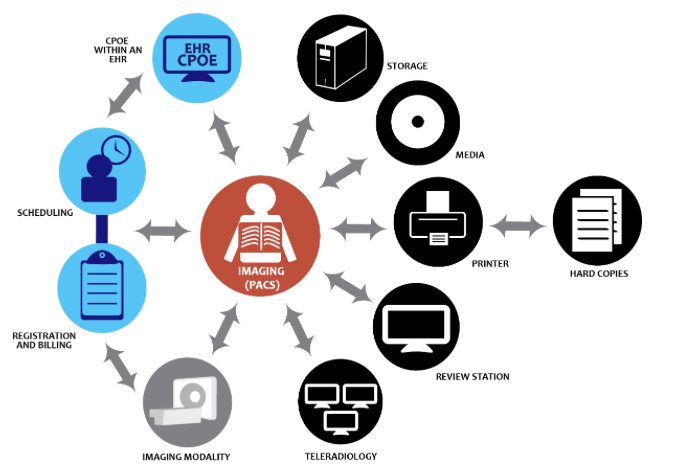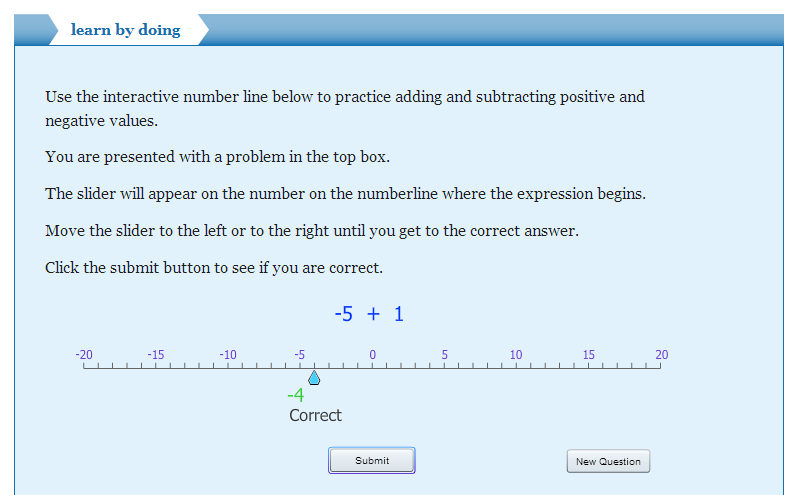A course aligned to the Certified Associate in Healthcare Information and Management Systems (CAHIMS) certification administered by the Healthcare Information and Management Systems Society (HIMSS).
Learn about Open & Free OLI courses by visiting the “Open & Free features” tab below.
Healthcare IT Foundations — Open & Free
- Description
- Learning objectives by module
- Course outline
- Other course details
- System requirements
- Open & Free features
Description
Healthcare IT Foundations Open & Free is a sample of the full HITF course. For the full HITF course, found here, Carnegie Mellon University and The Healthcare Information and Management Systems Society (HIMSS) have collaborated to offer an overview of healthcare, health information technology, and health information management systems. The focus is on the role and responsibilities of entry-level healthcare IT specialists in each phase of the health information management systems lifecycle. The curriculum is intended to be similar to the Certified Associate in Healthcare Information and Management Systems (CAHIMS) certification administered by HIMSS. This course is designed for students who have previous experience in IT or healthcare and it is designed to serve as a pathway into healthcare IT careers. It also provides a broad understanding of healthcare IT for individuals in non-IT related roles in healthcare.
- Topics covered:
- Healthcare Environment
- Healthcare Delivery Organizations
- Healthcare Payment Systems
- Roles of Healthcare Professionals
- Government Regulation
- Professionalism and Communication Skills
- Business and Communications Ethics
- Teams and Team building
- Professionalism and Customer Service
Learning objectives by module
Unit 2: Healthcare Environment
- Module 3: Healthcare Delivery Organizations
- Describe the administrative and functional organization of entities that deliver healthcare in the United States in both inpatient and outpatient settings.
- Describe the roles of and customers served by various types of healthcare organizations.
- Describe the services provided to unique populations, including underserved populations.
- Explain how healthcare organizations interact with each other and with patients to provide appropriate levels of care.
- Explain how Healthy People 2020 advances health promotion and disease prevention.
- Explain public health and how it has improved healthcare.
- Explain the basic characteristics and organization of the US healthcare delivery system.
- Identify current and future trends in the US healthcare delivery system and their potential impact on healthcare organizations and populations served.
- Module 4: Healthcare Payment Systems
- Analyze factors responsible for escalating healthcare expenditures in the United States.
- Compare and contrast models of healthcare financing in the United States.
- Describe healthcare financing structures, including insurance plans, third-party payers, Medicare, and Medicaid.
- Describe the history and role of the health insurance industry in financing healthcare in the United States.
- Describe the main state and federal laws regulating US healthcare insurance organizations and discuss their impact on the healthcare system.
- Describe the trends in healthcare financing and their impact on various populations.
- Distinguish between public and private funding for healthcare.
- Explain a typical billing process and the use of coding and code sets.
- Identify different fee-for-service and episode-of-care reimbursement methodologies used by insurers in the claims payment process.
- Identify methods of controlling rising medical costs.
- Module 5: Roles of Healthcare Professionals
- Describe the changing roles of and interactions between health professionals.
- Describe the education, training, certification, licensure, and roles of nurses, advanced practice nurses, licensed practical nurses, medical assistants, and medication aides.
- Describe the education, training, certification, licensure, and roles of paramedics, emergency medical technicians, dental professionals, mental health professionals, and case managers and social workers.
- Describe the education, training, certification, licensure, and roles of physicians, including those in primary care and other specialties.
- Describe the primary roles of a health information management professional.
- Explain terms used in healthcare and in health professionals’ education and training, including clinician, patient, disease, and syndrome.
- Identify key elements of an effective job description.
- Module 6: Government Regulation
- Describe key components of the Health Insurance Portability and Accountability Act (HIPAA) and current issues of patient privacy and security in the United States.
- Describe legal aspects of medicine involving the Patient Protection and Affordable Care Act, professional standards in healthcare, and medical malpractice.
- Describe the provisions of the ARRA HITECH Act relative to Adoption of EHRs.
- Describe the provisions of the ARRA HITECH Act relative to meaningful use.
- Explain the roles of accreditation entities, regulatory bodies, and professional associations in healthcare in the United States.
Unit 3: Professionalism and Communication Skills
- Module 7: Business and Communication Ethics
- Describe how diversity in patient populations and healthcare providers impacts healthcare delivery and communication.
- Explain how ethics and standards impact the profession of health information technology.
- Explain the elements of project communication planning that contribute to a successful project.
- Explain the role of ethics in the healthcare environment.
- Module 8: Teams and Team Building
- Analyze team conflict and performance.
- Describe guidelines for building and leading teams.
- Describe the characteristics of successful teams.
- Describe the roles of teams in healthcare and the application of collaborative tools and techniques.
- Describe ways that HIT design can support or serve as a barrier to effective communication in teams.
- Explain the roles of teams in delivering quality healthcare services.
- Module 9: Professionalism and Customer Service
- Describe the different components of HIT customer service.
- Explain the use of metrics in HIT customer service.
- Explain strategies for ensuring positive, productive customer service interactions in an HIT environment.
- Identify ways to assist angry or difficult customers in a professional, productive manner.
- Describe strategies for clear, effective written communication.
Course outline
UNIT 1: Introduction and Learning Strategies
Module 1: Introduction to Course
Module 2: Learning Strategies
UNIT 2: Healthcare Environment
Module 3: Healthcare Delivery Organizations
Module 4: Healthcare Payment Systems
Module 5: Roles of Healthcare Professionals
Module 6: Government Regulation
UNIT 3: Professionalism and Communication Skills
Module 7: Business and Communication Ethics
Module 8: Teams and Team Building
Module 9: Professionalism and Customer Service
Other course details
System requirements
OLI system requirements, regardless of course:
- internet access
- an operating system that supports the latest browser update
- the latest browser update (Chrome recommended; Firefox, Safari supported; Edge and Internet Explorer are supported but not recommended)
- pop-ups enabled
- cookies enabled
Some courses include exercises with exceptions to these requirements, such as technology that cannot be used on mobile devices.
This course’s system requirements:
- none listed (subject to change)
Open & Free features
Open & Free Courses
- Open & Free OLI courses enable independent learners to study a subject on their own terms, at their leisure. Courses are:
- Self-guided.
- Self-paced.
- Self-supported.
- Open & Free courses include only the learning materials:
- No teacher.
- No tests.
- No college credit.
- No certificate of completion.
- *If your teacher gave you a Course Key, do not use an Open & Free course because your teacher will never see your work.






